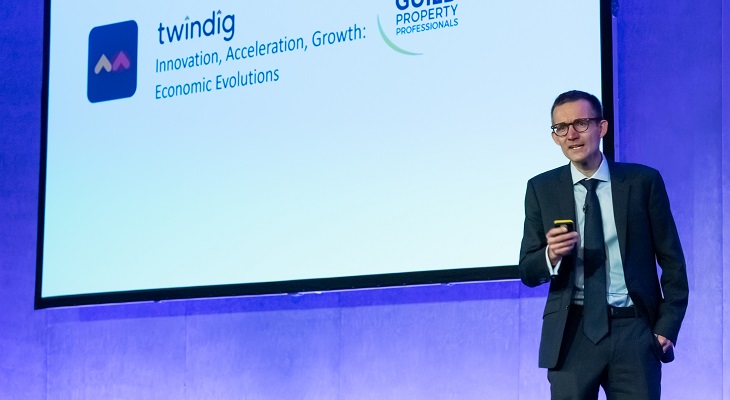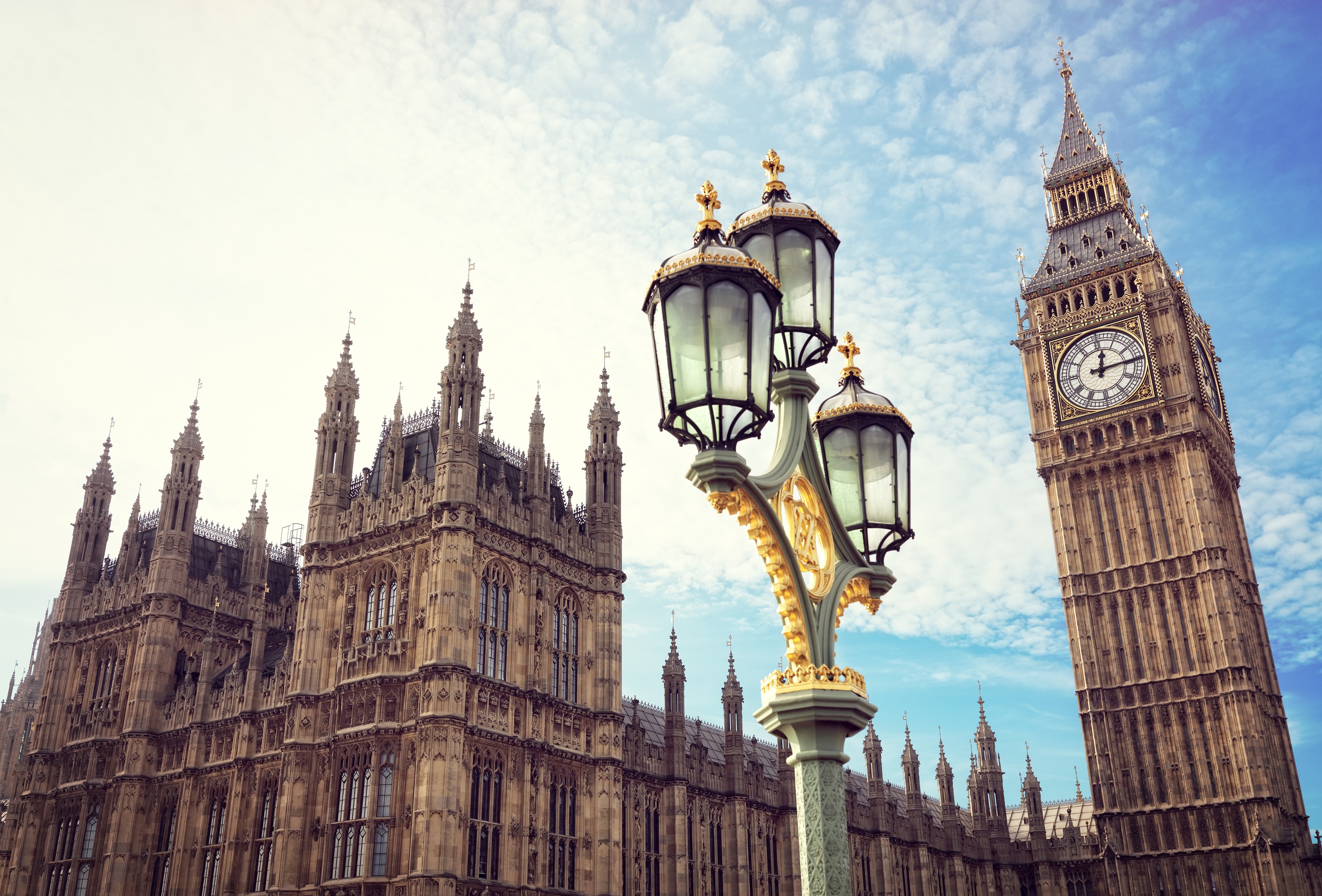An eventful last quarter of 2022 in the property market
The Guild of Property Professionals CEO, Iain McKenzie, recently spoke to property market analyst and CEO of Twindig, Anthony Codling, about his thoughts on the property market in the last quarter of 2022.
No-one can forget the market’s reaction to the mini-budget and the upheaval caused in the mortgage market. “While the government was hoping to stimulate growth that would outpace inflation, the Bank of England (BoE) was trying to curb inflation by hiking rates. The subsequent result was the mayhem that ensured in the swap rate mortgage market, with mortgage providers struggling to accurately price their fixed-rate products. The unpredictability in the market, meant that many mortgage providers were not comfortable with the level of risk they would potentially take on, resulting in many products being withdrawn from the market. At the start of the year, a two-year swap rate was 1.19%, it was 1.6% in February and by August, following a few consecutive rate hikes, it was 2.7%. On the 22 September, the rate was at 4.7%, then 5.4%, and by 27 September it was 6%. Right now, it is back down to 4.5% following the Autumn statement,” says Codling.
In response, McKenzie asks Codling if he believes we have come out of the difficult period caused by the mini-budget.
“In short, yes,” Codling answers. “I say that because what we have now the relative certainty that the BoE is going to be allowed to do what is needs to in order to control inflation. It is believed that inflation will start to ease and will be in low single digits by the end of next year. This will be a result of the BoE continuing to increase rates, as well as the initial shock of the war in the Ukraine and impact on the markets subsiding. Prices have leap up, but hopefully we will see that trajectory ease. Once an increase is a year old, we would usually see the rate of change slow down.”
Looking at transactional volume for the year, Codling says that we will likely end the year at around 1.25 million, which would be in line with the figures seen pre-pandemic. “Last year we had a bumper stamp duty year of nearly 1.5 million transactions, but if we look at this year in context, 2020 had just over one million transactions, but 2019, 2018, 2017, 2016 and 2015 were all around 1.2 million, so incredible stable. I think we will end this year, slightly ahead of that 2015 to 2019 average,” he comments.
According to Codling, his house price forecast for 2022 was 5% at the beginning of the year, which was lower than what many other analysts were predicting at the time but seems may actually be a touch high at the end of the year.
“Speaking of house prices,” McKenzie comments, “you put together a graph for Guild Members showing the impact of a 5%, 10% and 15% house price decrease, which at first glance is quite surprising because it only takes figures back to around January this year.”
In response, Codling says that since the start of the first lockdown until they recently started going down, house prices were up 26% in a very short space of time. “The price growth has been remarkable in the past year and a half. If a homeowner didn’t move during that time, they would be sitting on big equity gains. So, in theory, if we lost all those pandemic gains and house prices fell over 20%, most people would just be back to where they started at the beginning of lockdown. At the beginning of lockdown, most people thought house price growth would be flat in a best-case scenario, never mind seeing them go up at the fastest rate in history. So, there is a lot of people who have seen the value of their asset increase significantly,” he adds.
McKenzie says: “You mentioned to me in the past that the average house price across the UK is tracking at 8% above the mean average over the last 25-year period.”
Codling responds saying: “Many people have been saying that house prices are overvalued, so I looked at what house prices have done since around 1995, and broadly speaking property prices grow at a rate of around half a percent per month, which gets you an average rate of around 6% to 7% inflation per year. If we plug that growth rate into house prices at the start of 2020, we get to a house price figure that is around 8% below where they are now. My argument on the data then, is that if we got back to the long-term trend, we would be 8% down, which is still 16% higher than the start of lockdown one. When we had just gone into lockdown, if I had predicted we would see 16% in house price growth over the next two years, people would have massively questioned my logic.”
In conclusion, McKenzie says: “There has been a lot of scare mongering saying that house prices are going to see huge decreases of around 30%, however, I am of the opinion that if house prices declined by 19% during the financial crisis, when the Western world was essentially bankrupt, why would we see anything close to that in the current situation.”
To listen to the full conversation, visit The Home Stretch podcast.





